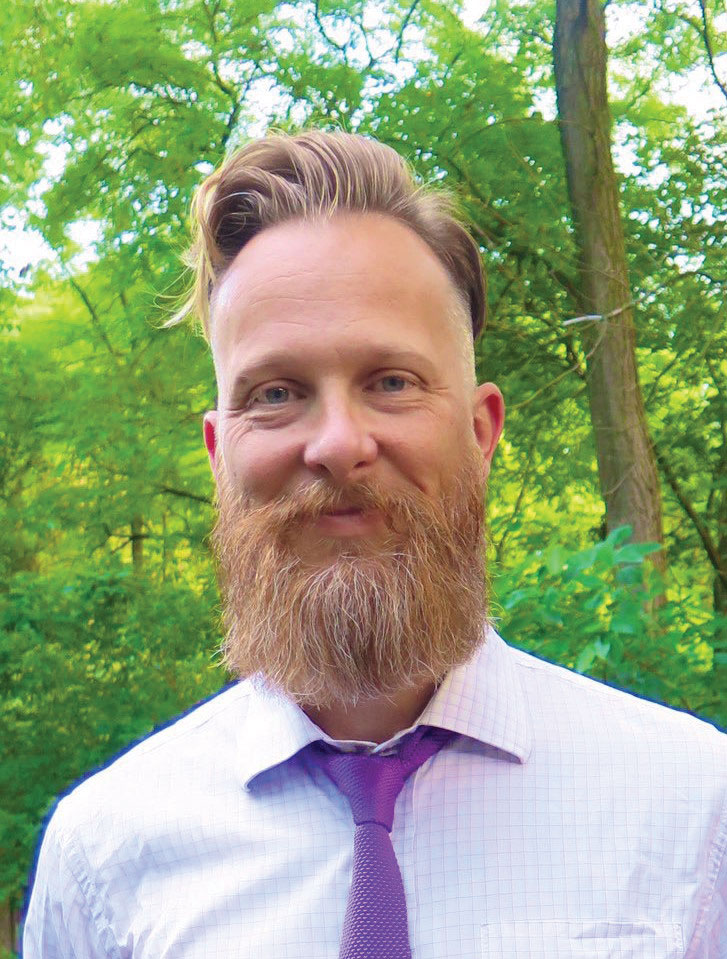Exercise for Cancer Survivors
Taking Steps to Improve Cancer Survivorship
by Keith Thraen-Borowski, PhD
The benefits of exercise for cancer survivors are numerous. In fact, research has shown that exercise may play a large role in enhancing the health and overall quality of life of cancer survivors. Specifically, studies demonstrate that exercise may reduce cancer-related fatigue, help cancer survivors manage psychological issues (such as mood, anxiety, and depression), improve physical functioning, increase muscular strength and aerobic capacity, improve sleep, reduce lymphedema, and boost bone health. Furthermore, and perhaps most important, research has shown that exercise is safe for nearly all cancer survivors, both during and after cancer treatment.
However, despite all of this, research has also shown that many cancer survivors, unfortunately, are not exercising. This may be, in part, due to a lack of information or guidance for cancer survivors on how to exercise. Many survivors, after learning about the benefits, do want to exercise. However, they are often left with questions: Should I be exercising during treatment? What kind of exercise am I supposed to be doing? How much exercise should I be doing?
There really is no one correct type of exercise for cancer survivors. Just find something you enjoy doing and are likely to keep up.
To provide some answers, let’s look to the American College of Sports Medicine’s latest “Exercise Guidelines for Cancer Survivors,” which was released in 2019. The ACSM guidelines suggest that, to improve health outcomes, cancer survivors should try to get at least 150 minutes of moderate-intensity physical activity (akin to a brisk walk) per week, or 75 minutes of vigorous- intensity physical activity (think: running, jogging, hiking, or playing basketball or tennis). The guidelines also recommend that cancer survivors perform muscle-strengthening resistance exercise twice a week.
For some survivors, accumulating two and a half hours per week of brisk walking is not overly daunting. However, not everyone will be able to easily achieve this level of activity upon start- ing out. Depending on your current fitness level, you may need to start slow and work your way up to the suggested 150 minutes of exercise per week.
If you’re reading this, and you fall into the latter group: Don’t worry! This is both normal and expected. Any little bit of activity helps, especially if you’re not currently getting any physical activity of any kind. In fact, the ACSM guidelines stress that every cancer survivor should simply avoid inactivity.
No matter where you’re starting, you can work up to the recommended amount. The most important thing is to just take that first step – literally. Walking is one of the simplest, most inexpensive ways to start improving your health. And it can be done almost anywhere.
There really is no one correct type of exercise for cancer survivors. Just find something you enjoy doing and are likely to keep up. And remember, regardless of your fitness level, when- ever you start any new exercise routine, you should consult with your healthcare provider about what kinds of exercise may or may not be good for you. In addition, always listen to your body to avoid pushing yourself too far.
While the thought of exercising during or after cancer treatment can certainly be intimidating or overwhelming, it doesn’t have to be. Start slow, try to make it fun, and know that you likely need to do less than you realize to reap the health benefits of exercise. Every little bit counts. Now, let’s get moving!

Dr. Keith Thraen-Borowski is an assistant professor of Kinesiology & Biology at Loras College in Dubuque, IA, and is the director of the Cancer Research in Exercise Science Laboratory (CARES Lab). He is also the Co-Chair of the National Cancer Interest Group for the American College of Sports Medicine. His work has been featured on CBS Sunday Morning, Good Morning America, and CNN, as well as in USA Today, the Los Angeles Times, and Reuters Health. You can contact Dr. Thraen-Borowski or learn more about his work at CARESLab.org or via Twitter (@KTB_PhD).
This article was published in Coping® with Cancer magazine, July/August 2020.


